Sport vs. Private
Posted: 12/28/2018

There has been a number of discussions in the industry on the benefits and legitimacy of the Sport Pilot Certificate. I thought taking the time to spell out the differences between the Sport Pilot Certificate and the Private Pilot Certificate would help you in your training. With this information in a clear and concise place, it will help you choose which type of training is right for you to receive. Let’s first discuss what a Light Sport Aircraft is and then the established limitations of a Sport Pilot Certificate and how those limitations differ from the Private Pilot Certificate. We will then discuss the differences in training requirements and some additional information that you should be aware of.
...
read more
Posted in: Flight Training
Does Legal Mean Safe? Responsibility of the Pilot-in-Command (PIC)
Posted: 7/24/2018
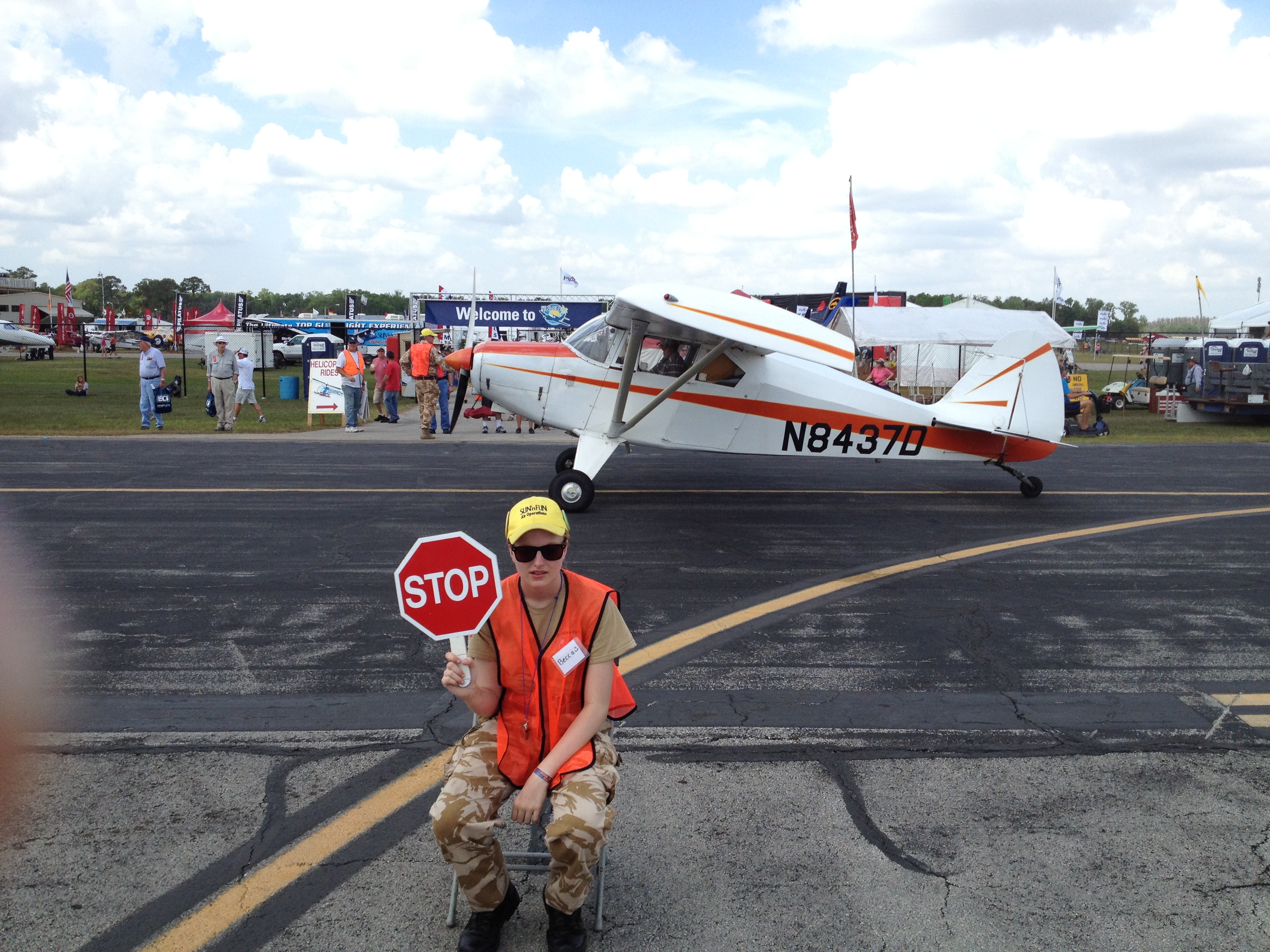
All pilots remember the good old days of flight training when every spare moment was spent thinking about flying and eagerly awaiting their next lesson. Lessons were scheduled in advance weeks at a time, the budget was accounted for, and flying was as large a priority as it would ever be for many of us. One thing that many low time pilots fail to realize is that this is also a time that, despite having little experience, many of us are at the height of our proficiency. Flying frequently, under an instructor’s critical eye, and with their heads in the books between flights explains why student pilots of all levels are generally the most proficient pilots in the sky besides the minority of pilots who continue on to a professional career in aviation.
...
read more
Posted in: Flight Training
Your First Flying Lesson: What to Expect
Posted: 1/9/2018

You are taking the first step to accomplishing what has probably been a nearly life long dream. You are going out into the unknown in search of your dream, a thrill, or even the romance of flying. The first step in most things is usually the most difficult. When facing the journey to becoming a well-trained and safe pilot this may seem more like a leap for many. So, what should you expect on day one? This article will spell out what a typical first lesson should be like at many flight schools.
...
read more
Posted in: Flight Training
Overshooting and Undershooting 'Engine-Out' Landings
Posted: 4/7/2017

On too many occasions, I find applicants tend to overshoot (too high on the proper glide path) when executing a simulated engine out approach and landings especially, the no-flap.
It is interesting to me that the tendency is to OVERSHOOT the desired glide path (be too high). What is even more interesting (and distressing) is that, on too many occasions, applicants fail to use devices and methods to correct to the proper glide path. Often, I ask “Are you high or low?” and they reply that they are high. I wait for them to use the flaps, “S” turn, slip, or, if there is adequate altitude, execute a 360 degree turn to loose excess altitude to establish the proper glide path.
...
read more
Posted in: Flight Training
Ask The CFI: Pitch or Power For Airspeed?
Posted: 3/2/2016

Whether we should control the airspeed of our aircraft by using pitch or power is a hotly debated topic in the flight training community. One school of thought is that we should use power for adjusting our airspeed, the other thinks that pitch should be used to control our airspeed. While it might be instinctual to use power to increase our speed like we do in nearly all other motorized vehicles, I am going to outline why in my experience as a flight instructor and pilot, that it is easier to understand and control our aircraft's speed using pitch, not power.
...
read more
Posted in: Flight Training
It Breaks My Heart
Posted: 11/17/2015
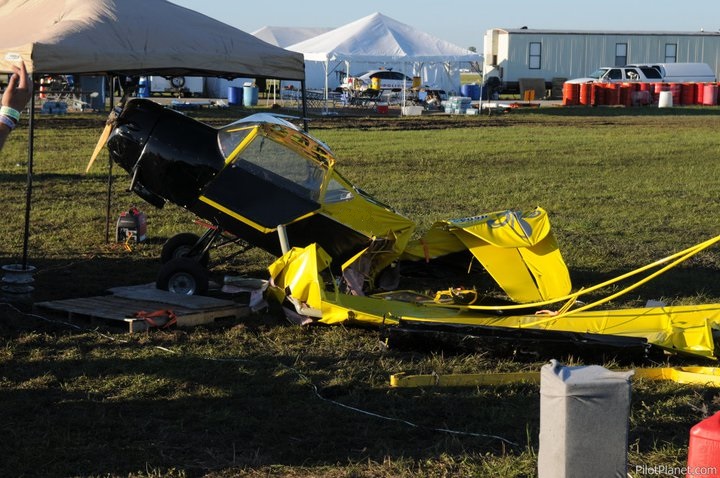
It is the applicant who has no plan for an emergency on takeoff that breaks my heart. Or the one who can’t demonstrate to me how to properly recover from a stall or perform an effective emergency descent or other safety related tasks. A lack of knowledge or abilities results in a letter of disapproval. There is no shame in failing a test, but training is required and must be taken seriously. My job, as is the job of the instructor, is to do our very best to keep the student from making the headlines. Not to crash or have an incident.
...
read more
Posted in: Flight Training
'Check-Ride Errors' Trend for 2015
Posted: 6/15/2015
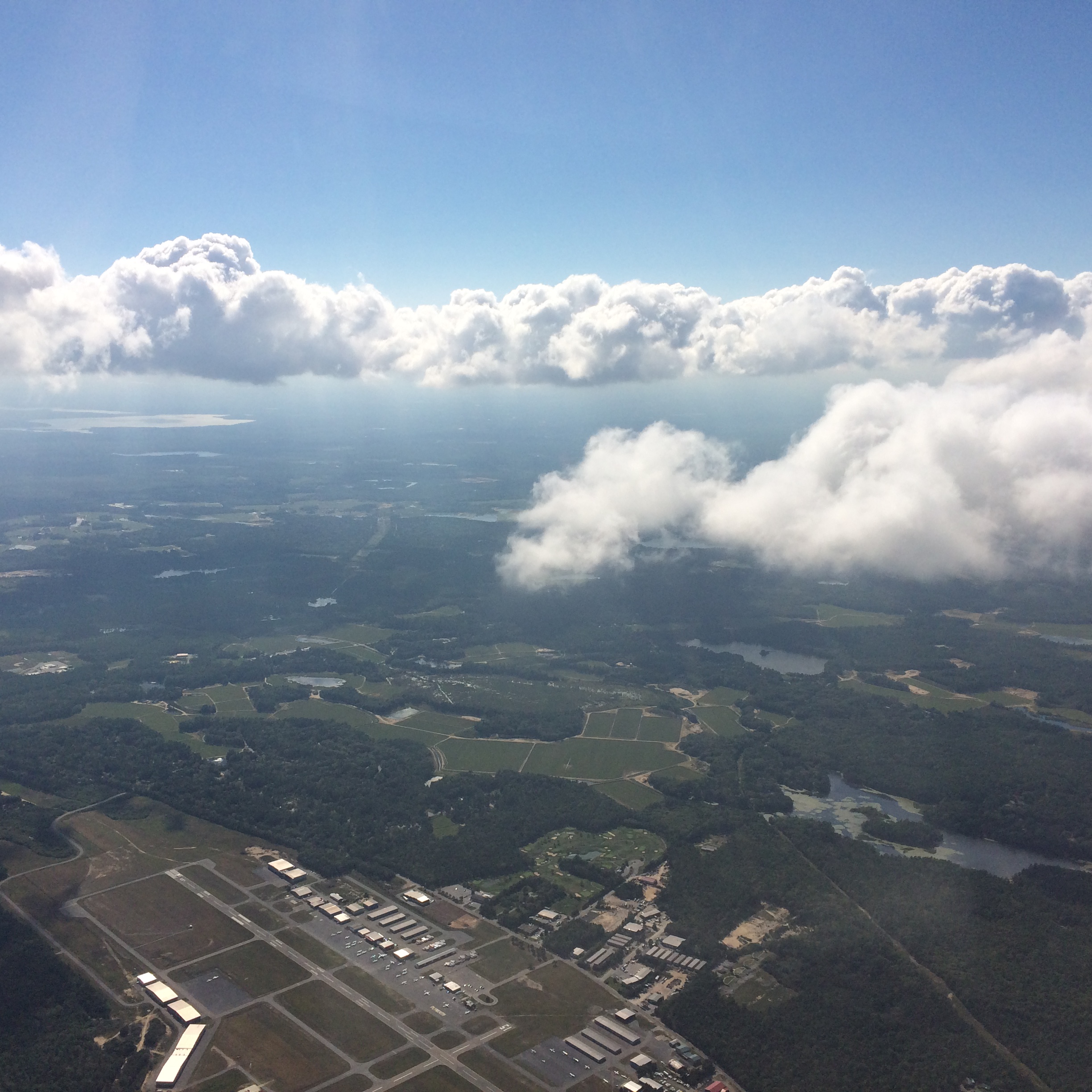
Marc Nathanson is the FAA Boston Flight Standards District Office (FSDO) Designated Pilot Examiner (DPE). His role with the FAA is to administer Practical (flight) and Oral (1-on-1 knowledge) pilot exams for a wide range of pilot certificates and ratings. He has taken the time to share with us some of the current trends he is observing during his recent check rides.
...
read more
Posted in: Flight Training
Part 61 vs. Part 141
Posted: 3/20/2015
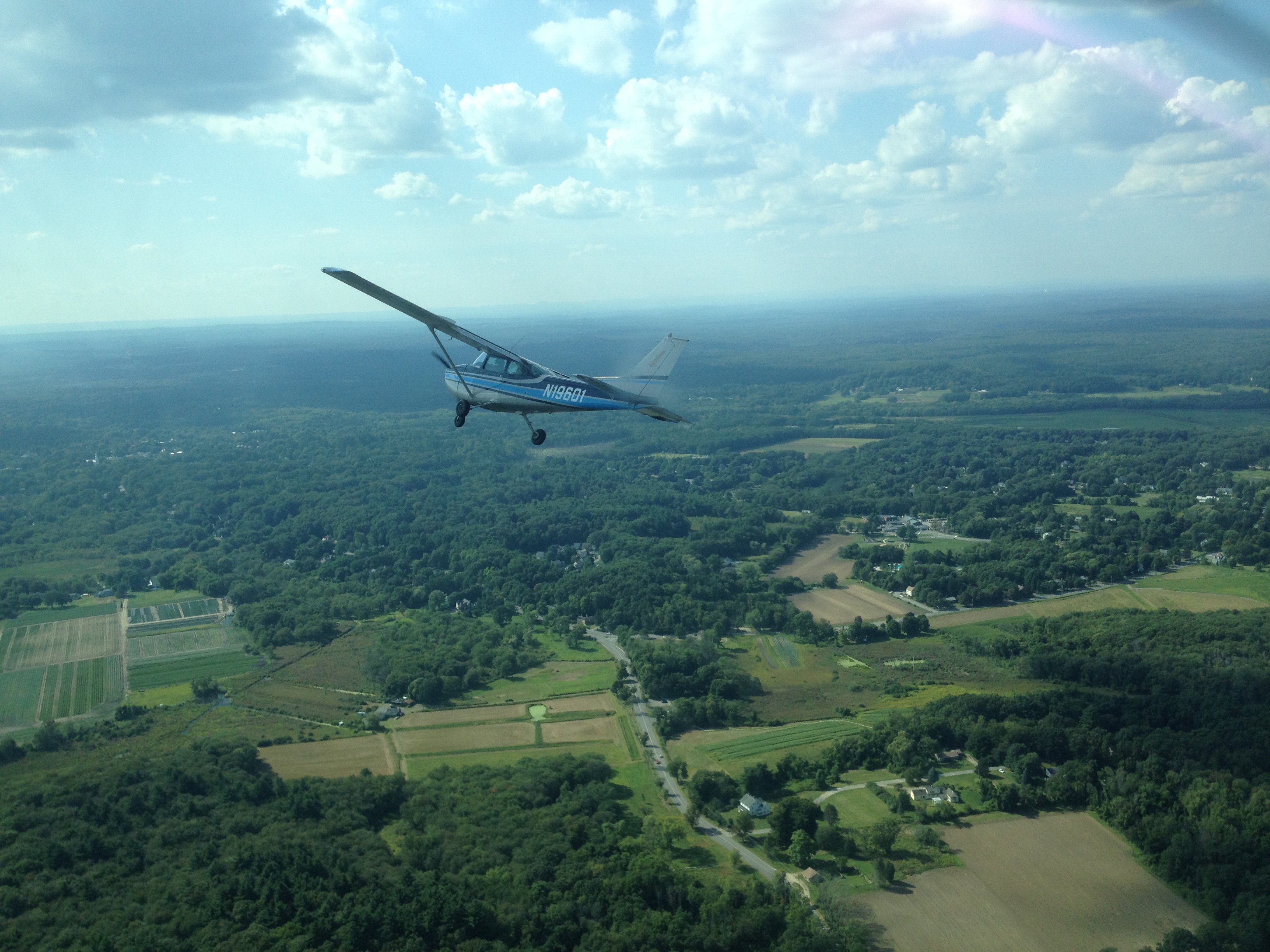
One of the questions I always received as a flight instructor was; “What’s the difference between Part 61 and Part 141 training?” Well there are a few key differences that I wanted to discuss to hopefully shed some light on this otherwise confusing industry and hopefully lead you to making the decision that is right for you. The FAA provides some of this information, but some of it will be from my years of experience as a professional flight instructor. But, first I think it’s important to discuss why there are any differences to begin with....
read more
Posted in: Flight Training
Private Pilot Requirements (Part 61)
Posted: 1/12/2015
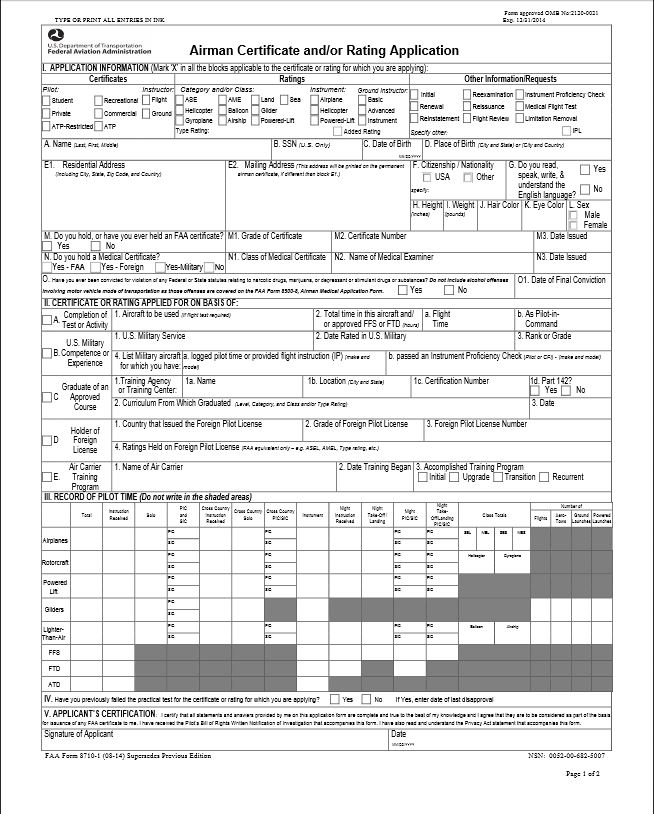
§61.102 Applicability.
This subpart prescribes the requirements for the issuance of private pilot certificates and ratings, the conditions under which those certificates and ratings are necessary, and the general operating rules for persons who hold those certificates and ratings.
...
read more
Posted in: Flight Training
Private Pilot Requirements (Part 141)
Posted: 1/11/2015

1. Applicability. This appendix prescribes the minimum curriculum for a private pilot certification course required under this part, for the following ratings:
(a) Airplane single-engine.
(b) Airplane multiengine.
(c) Rotorcraft helicopter.
(d) Rotorcraft gyroplane.
(e) Powered-lift.
(f) Glider.
(g) Lighter-than-air airship.
(h) Lighter-than-air balloon....
read more
Posted in: Flight Training
Practical Test Tips - How to Deal With Hazardous Attitudes
Posted: 10/21/2014

"Attitude is everything". I first heard this in Undergraduate Pilot Training (UPT) at Reese AFB in Lubbock, Texas in 1971. One of my classmates exhibited an attitude that was too strongly type A. He had an inflated ego, which was trying to make it clear to everyone that he would become an excellent pilot, better than all of his classmates. Needles to say, this did not endear him to his peers as we were all trying our best, yet found a way to keep our egos in check. It was my instructor who told me and my briefing table mate that we needed to keep our egos in check. That no one wanted to hear how good we were, or could be. That we had to prove ourselves through our actions.
...
read more
Posted in: Flight Training
What's The Rush?
Posted: 9/4/2014
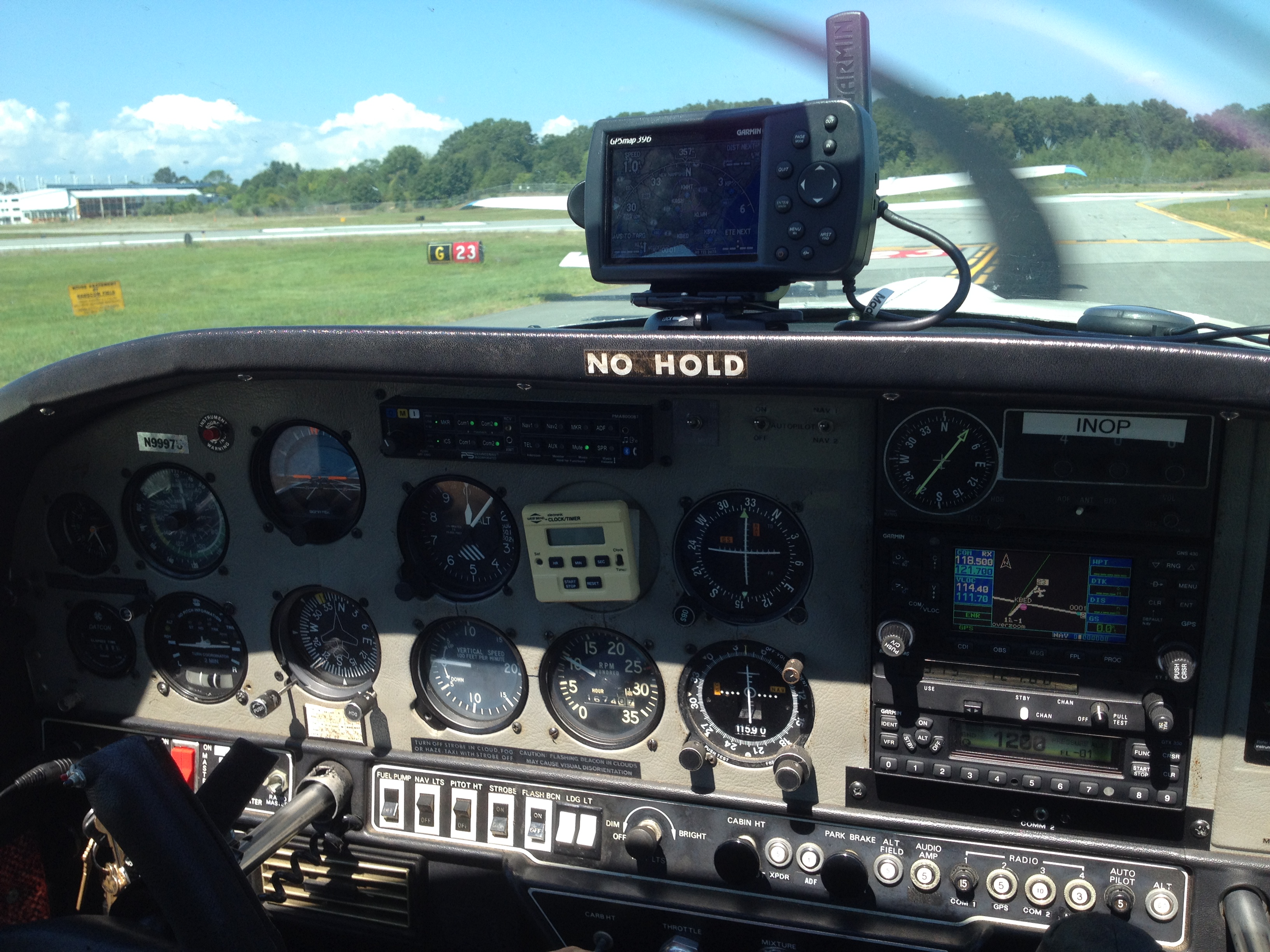
An applicant for the Airline Transport Pilot (ATP) certificate rating rushed trying to insert the airport code for the airport he was to fly his first instrument approach into the GPS. US airport codes that are to be inserted into GPS begin with either the letter “K” or a number. The letter “K” is to be omitted when entering a code that begins with a number.
The airport where he was to execute the procedure began with a number. In his rush...
...
read more
Posted in: Flight Training